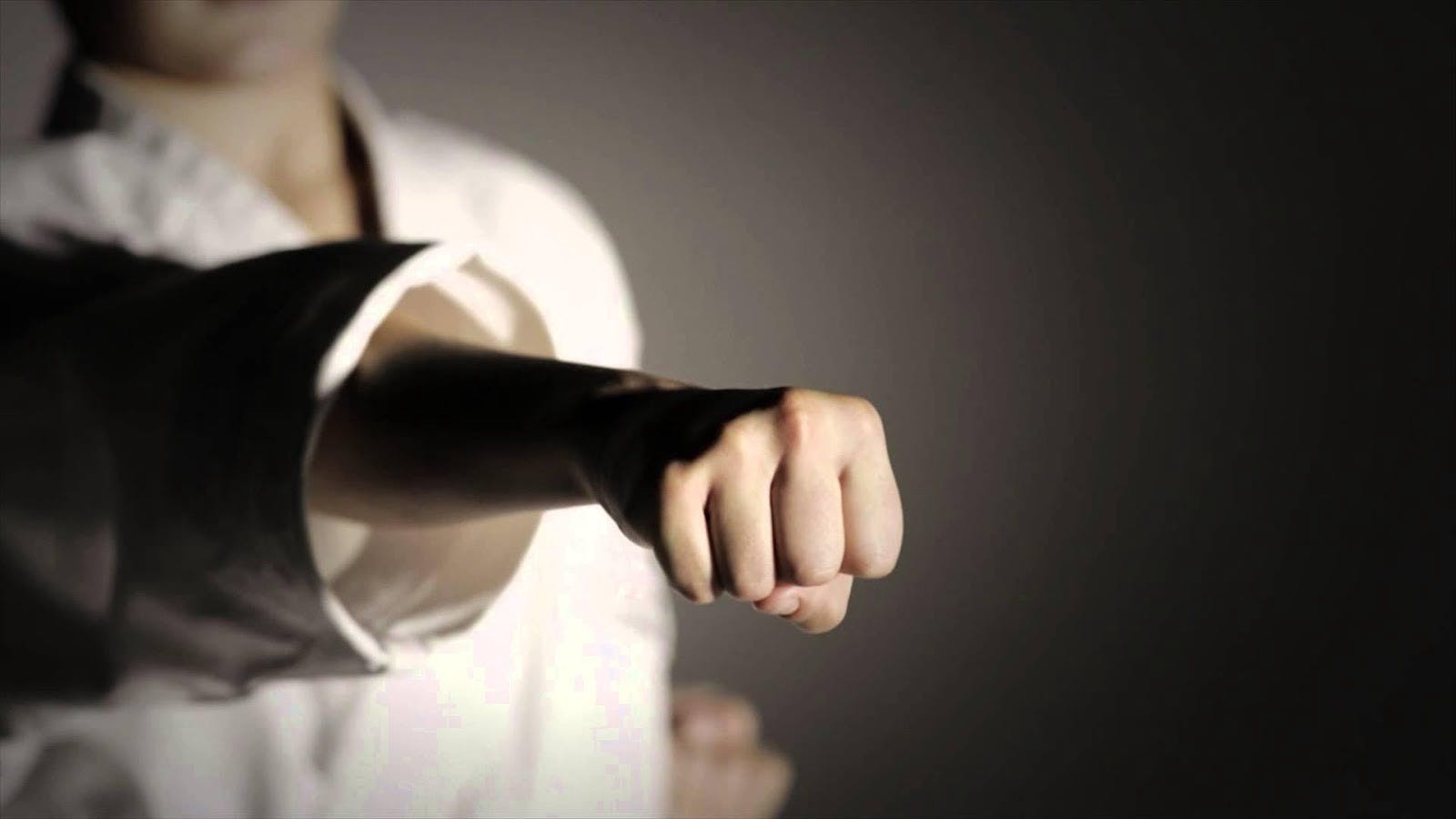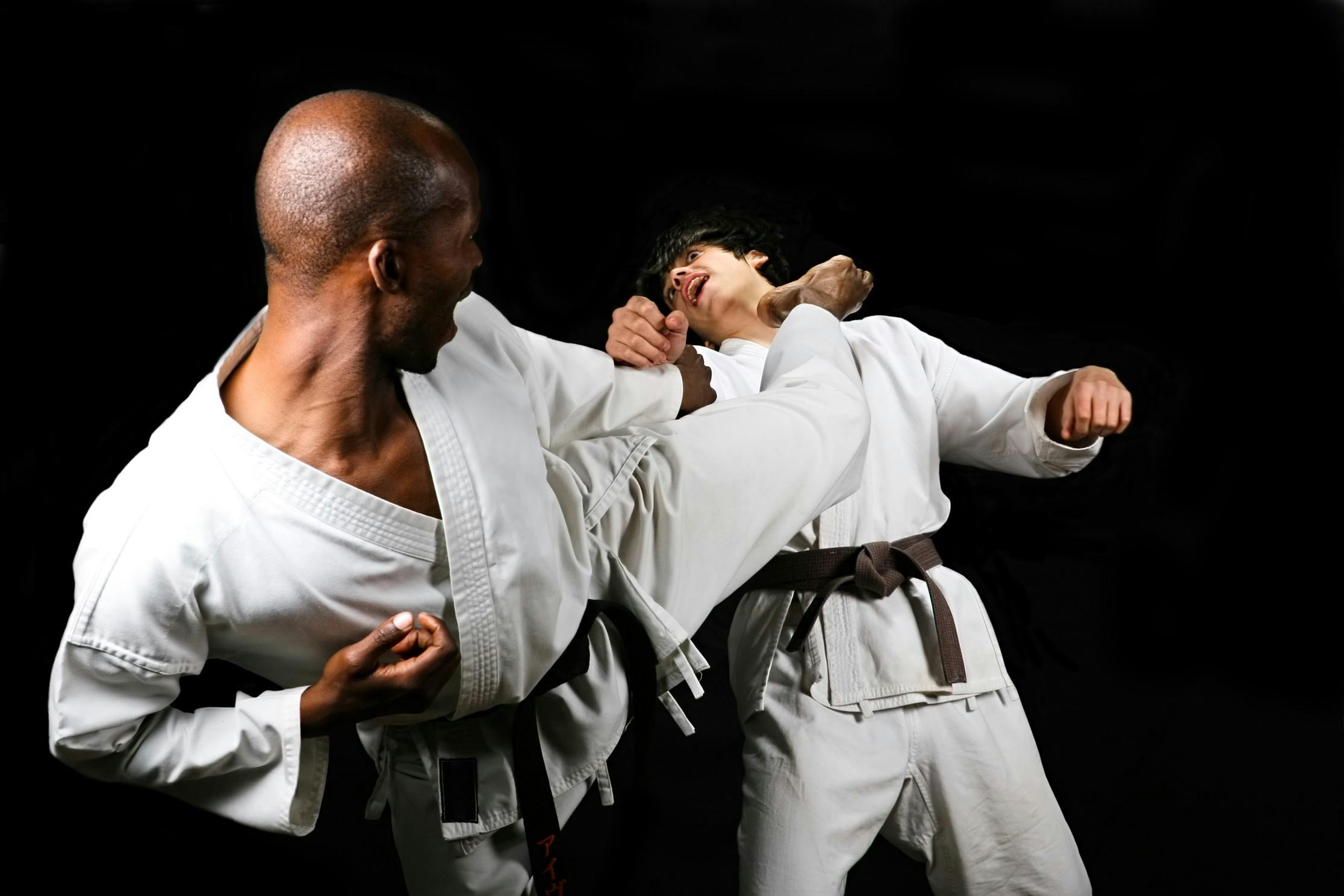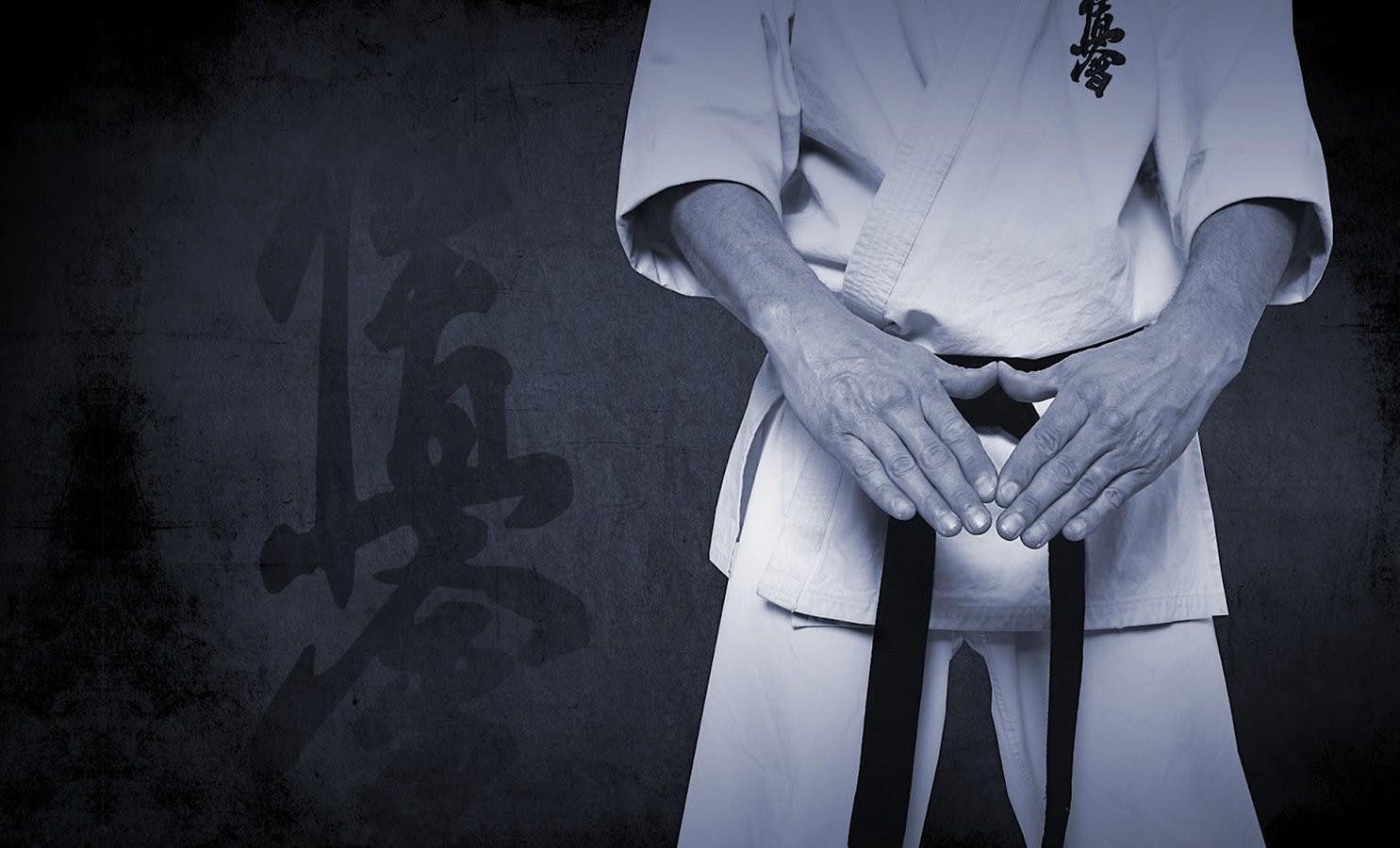I started practicing karate at the age of 7 and now 12 years later, I not only follow the core principles of martial arts, but additionally have the privilege to be a part of the judging panel too. Today, I’m extremely happy that Karate will make its first appearance in the Olympic Games at Tokyo 2020 as a one-time special event selected by the host city.
Karate is well-known as a system of self-defense where with consistent and hard training punches and kicks become profoundly hazardous and useful in case of a need. But karate is not just that. It is more about living a peaceful and harmonious life than it is about being as hard-as-nails. Contrary to some popular stereotypes, karate is less about impressing all-comers with tough Eastern stuff and more about finding a peaceful and harmonious path through life. A proverb verbally expresses: “If you are thinking one year ahead, sow seed. If you are thinking 10 years ahead plant a tree. If you are thinking 100 years ahead educate people.”
Martial arts as an educational system are of paramount importance for everybody, especially for kids. Karate benefits kids in every aspect of their lives — physical, mental, spiritual and emotional. Developing balance, coordination, focus, respect, discipline, self-defense etc: are the prominent features of everyday practice. However, I would like to concentrate on some of the other consequential benefits that every kid would receive through karate class.

Benefits of Karate
First, through inducing Good Habits. We as human beings are creatures of our habits. In karate training, kids learn to emerge on time, to respect their masters, partners, opponents, to practice hard, to live a healthy lifestyle, to take good care of their body, mind, and spirit and the list goes on… Once kids get these habits they have them forever. Good habits become a legacy.
Second, through amending Self-Confidence. Everyone kid who practices karate in a thorough and compatible way gets better and predominant in his/her act. They start to feel good about themselves, they feel special and paramount. They feel that they can do anything in life. They develop the “I can do it” posture, which ultimately reflects in all areas of their lives.
Third, through availing kids to achieve goals — Goal Orientation. When you have a goal, we pursue it with all our heart and soul. Through this, karate kids learn that every practice is another step to their goal — next belt, better technique, getting stronger…
And last but not least, martial arts develop another paramount posture — “Never give up”. A Japanese proverb verbalizes: “Fall 7 times, stand up 8”. And that is all karate is about. That is all our life is about, isn’t it?
Some of you might have thought that, then of what reason karate was made to stand out of Olympic and other international sporting events till today. The main reason is that, Karate was confined within the label of ‘most dangerous martial art’ and was not approved even as a sport till a few years back. The lack of unity within Karate Community was another problem as it was split between WUKO and ITKF; both competing to be the representative authority of Karate in Olympics. The IOC would not accept Karate as a regular Olympic sport until a single body evolves to represent it as a whole.

Where Karate Began
Karate, the Japanese word for “empty hands,” was born in the Japanese Islands as a form of self-defense, at a time when weapons were banned by invading Japanese forces. It began as “te” (hand fighting style) used by the natives of the Ryukyu Islands, and was later influenced by Chinese martial arts, introduced through the Chinese families that settled in Japan after trade relationships between China were established.
From three Japanese cities (Shuri, Naha, Tomari), each closely spaced but with very different societal demands, three separate styles emerged:
Shuri-te
Naha-te
Tomari-te
Collectively, these styles were called Chinese hand, and over time, the styles merged slightly to become just two: “Shōrin-ryū” and “Shōrei-ryū.”
Because of increasing Japanese influence, the label of “te“ was eventually lengthened to “karate-jutsu” (Chinese hand art). It then changed to ‘karate-do’ after a Japanese master altered the meaning of the word “kara” to mean “empty” rather than “Chinese hand.” “Karate-Do” translates into “The way of the Empty Hand.”

The Common Beliefs of Where Karate Started
Very little is known of the exact origins of karate before it appeared in Japan, but one popular theory states that it came from India over a thousand years ago, brought to China by a Buddhist monk called Bodhidharma. As legend describes it, Bodhidharma arrived in Shaolinsi and began teaching Zen Buddhism as well, a style of temple boxing based on exercises designed to strengthen the mind and body. The historical accuracy of this legend is still a hot issue of debate today.
Significant Historical Figures
Gichin Funakoshi: Founder of Shotokan.
Dr. Jano Kano: Founder of Japanese judo.
Sakukawa Kanga: One of the first Japanese to study in China.
Itosu Anko: Often called the “Grandfather of Karate”
Chojun Miyagi: Named the Gōjū-ryū style.
Hironori Otsuka: Founder of the Wadō-ryū style.
Kenwa Mabuni: Founder of the Shitō-ryū style.

Significant Dates in the History of Karate
1905: Karate was included in Japan’s physical education programs.
1917: Funakoshi gave the first public demonstration of karate-do.
1922: Funakoshi was invited by Dr. Jano Kano to give a demonstration in Japan.
1924: The first university karate club was established in Japan, at Keio University.
1930s: Karate made its way to Canada.
1936: Japanese masters’ meet to discuss karate in Japan.
1939: Japan opens “Shoto-Kan”, its first formal training school.
1945: The first dojo was opened in the United States.
1949: The Japan Karate Association is formed.
1950s: Karate is introduced in the United Kingdom.
1960s: Karate makes its way to the Soviet Union and was banned later.
1964: “France Shotokan Karate” was created in France.
1989: Karate is legalized once again in the Soviet Union.

Modern Karate
Today, Karate-Do is taught all around the world, and though it is often modified and always changing, four distinctive Japanese styles have emerged:
Gōju-ryū
Shitō-ryū
Shotokan
Wadō-ryū
Karate Community is undergoing revolutionary changes within the last few years. Karate has evolved into a popular and beloved sport; mostly among youth. The World Karate Federation (WKF), the largest organization for karate as a sport, has developed a system of common rules and regulations, and though it is not yet recognized as an Olympic sport, the WKF is recognized by the International Olympic Committee and coordinates with various national Olympic committees, in order to introduce a universal system. I as a karate-ka, who have been with sport for about 12 years, dream a day when people around the globe whole-heartedly accepts Karate as a part of their everyday life, as cricket or football is of now.

